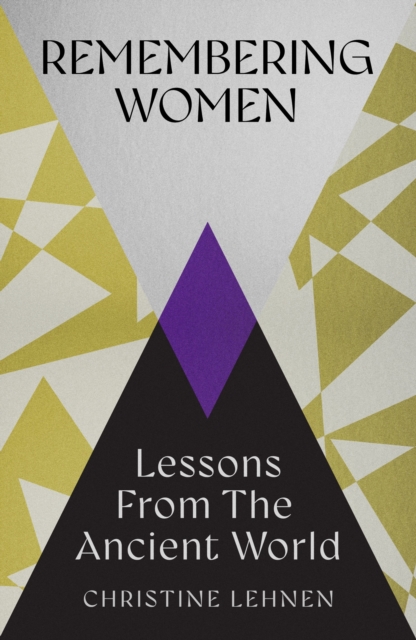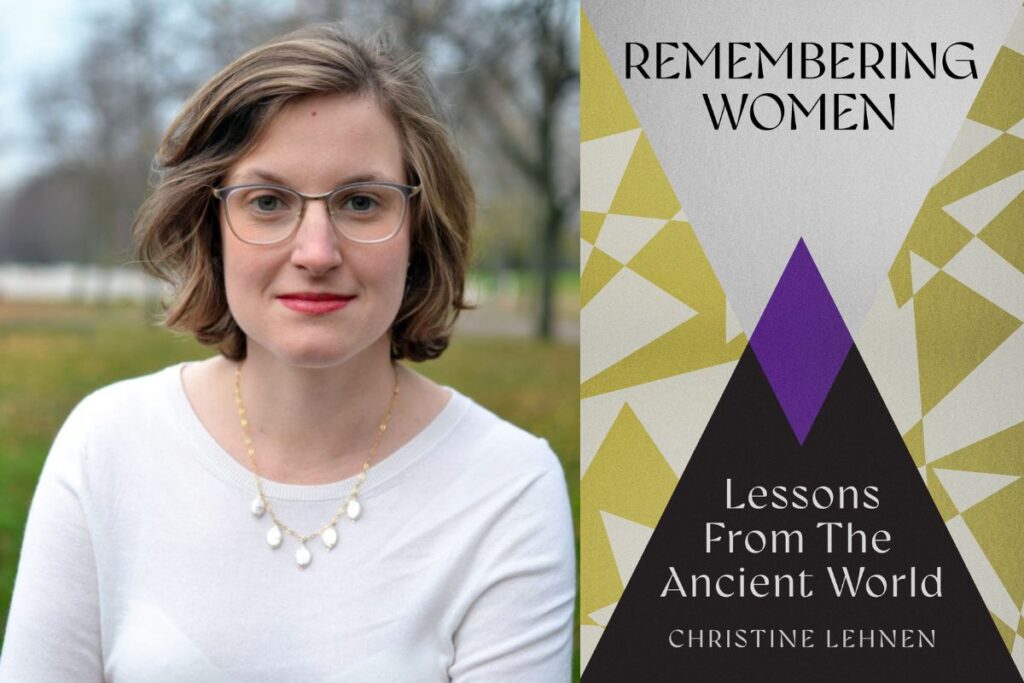In her new release Remembering Women, Christine Lehnen looks back at our collective memory to explore the myriad ways that women in the past have enjoyed a more egalitarian life. To celebrate the books publication, Christine has shared with us more about her book, shining a spotlight on the ruling Minoa.
It is a good time to be alive if you are after a feminist retelling of Greek myth. Some of our most capable novelists have turned to the Classics in the past two decades to retell the stories of its women: from Margaret Atwood’s reclaiming of Penelope in the Penelopiad to Pat Barker’s reimagination of the Trojan War in The Silence of the Girls and The Women of Troy and the excellent books by classicist and comedian Natalie Haynes such as Pandora’s Jar. These books are important interventions in how we think about history and the past. They give a voice to women who have been silenced, and whose stories deserve to be told from their point of view.
Giving a voice to victimised women is essential, but so is telling the stories of those women from the past who lived free and equal lives, no matter where, no matter when, no matter to which degree. Women’s history does not have to be traumatic: it can also be inspiring. In Remembering Women, I argue that much of what we call feminist history is, in fact, a rehearsal of trauma. By constantly retelling stories of women’s victimhood, we don’t just remember the past—we re-live it. We corroborate a traumatic history, one that reinforces the idea that gendered suffering is inevitable, universal, and timeless.
But it isn’t. The archaeological record tells a different story: of egalitarian societies where women lived with power, purpose, and parity. From Ancient Scythia to Stone Age France and Minoan Crete, women and men have lived as equals for as long we can remember.
Ever since I first heard of the women of Minoan Crete, I have been convinced that the world would be a better place if we made their history our own – let me tell you more about them.
Ruling Minoa: Real Women
Minoan Crete is a civilisation that thrived from 3000 to 1100 BCE. During this time, the Minoans created beautiful architecture, outstanding art works, and a prosperous and peaceful cosmopolitan society. Who were the people in charge of this thriving civilisation?
Women.
In the art of Minoan Crete, women are consistently depicted as much taller than male figures. When observed in men, this has routinely been interpreted as a sign of political authority and power in other Mediterranean Bronze Age societies, such as Ancient Egypt. When it is women, however, who are depicted in such a way, (male) archaeologists seem to lose their nerve.
Sir Arthur Evans, who discovered the ruins of Minoan Crete in the 1930s, was a pathbreaking archaeologist, but he insisted that it was men, not women, who held power on Bronze Age Crete, in spite of the evidence that was right before his eyes. The Minoans created great frescoes of women sitting in council together, of women holding symbols of command, performing rites, sitting on thrones, meeting in all-female assemblies, and leaping over bulls. Most notably, they are never depicted naked; male figures, on the other hand, often turn up scantily dressed. This iconography suggests that Minoan Crete was a prosperous cosmopolitan society run by women, and they did such an outstanding job of this that it lasted for some two thousand years. All the while, the Ancient Greek city of Athens was a mere hamlet, and the Iliad had not even been written yet.
Yet, in spite of the evidence, we have not learnt their stories; most of us do not know that women ran one of the most powerful and wondrous societies of the Ancient world; we simply do not think of their history as our own.
To learn more about the women we should remember as part of our history, pick up your copy of Remembering Women – out now.









